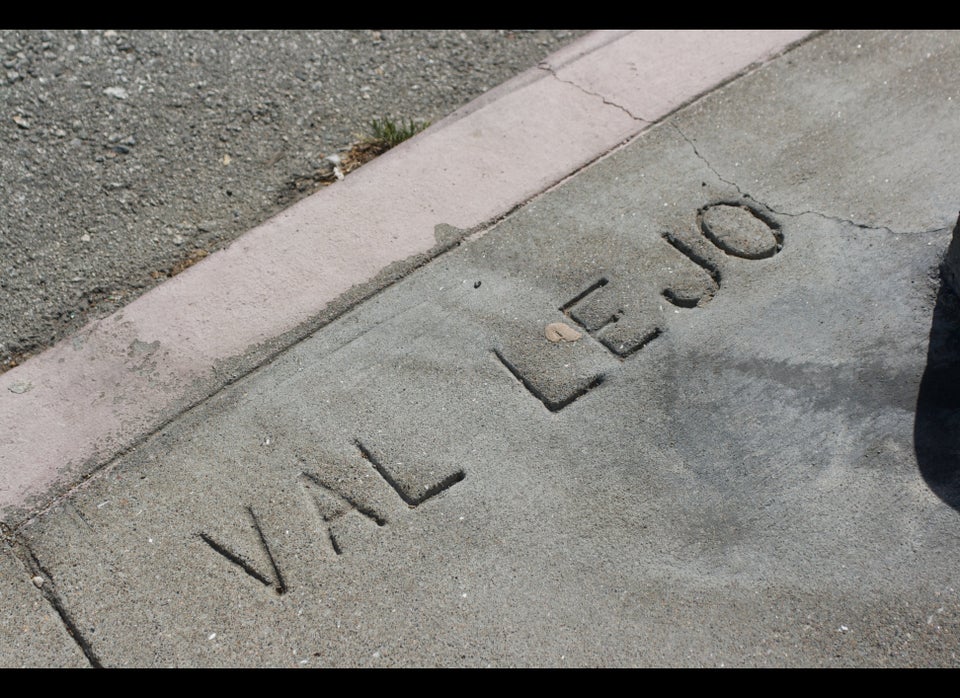The U.S. population may be growing more diverse , but college campuses are not keeping pace, according to research presented at Friday's annual meeting of the American Economic Association in San Diego.
Studying more than 40 years of data on black and white students at every four-year college in the U.S., Georgetown University professor Peter Hinrichs found that while desegregation led to significant changes on campus in the late 1960s and early 1970s, diversity has slowed in the four decades since.
"There's basically less segregation over time, but it was falling faster in the late '60s and early '70s," Hinrichs, an assistant professor of public policy, told The Huffington Post. "Now it's a little bit closer to the case of perfect integration, but still not anywhere near that," he said.
According to Hinrichs, segregation can be measured in two ways. One, referred to as "exposure," looks at the extent to which members of a particular group are exposed to members of another group. "If you're looking at the exposure of whites to blacks, what you're doing is you're looking at the percent of the student body that is black at the average [predominantly] white-student school," Hinrichs said.
The second measure, called "dissimilarity," considers the extent to which members of different groups are separated from each other -- say, attending different colleges. "The number goes from zero to 100. [A percentage of] 100 is a case of complete segregation where, say, all of the white students are attending these schools and all of the black students are attending a completely different set of schools, so there’s no overlap at all," Hinrichs said. "That would be like Mississippi in the 1950s."
The dissimilarity index has fallen over time, Hinrichs said, with whites' exposure to blacks increasing continuously for the last four decades. He also noted that in 1968 (the first year for his data set), the typical white student attended a college that was 2.3 percent black. By 2009, the typical white student attended a college that was 9.8 percent black, a shift that Hinrichs said could be due in part to far fewer African-Americans enrolling in historically black colleges and universities (HBCU).
"In 1968, something like 60 percent of black students attended an HBCU, but now that number is down to 20 percent," he said.
Some HBCU advocates argue these colleges could be renewed by the imminent demise of affirmative action in certain states -- "segregation 2.0," to quote HuffPost blogger Jarrett L. Carter.
But Hinrichs disagrees, having found that affirmative action bans actually seemed to spur desegregation in certain states. According to his research, states that eliminated the consideration of race in college admissions -- including California, Florida, Texas and Washington -- saw black students' exposure to white students rise by an average of 1.45 percentage points and their dissimilarity index decrease an average of 1.66 points.
Explaining what those numbers mean to Inside Higher Ed, Hinrichs said that the result of affirmative action's end was not to exclude black students from higher education but to redistribute their enrollment.
What it doesn't mean, Gawker's Hamilton Nolan wrote, is that America has beaten segregation. Hinrichs noted that the African-American population is not evenly distributed across the country and that most students go to college near their home. And therefore, Nolan summed up, "Segregation in society leads to segregation in higher education."
